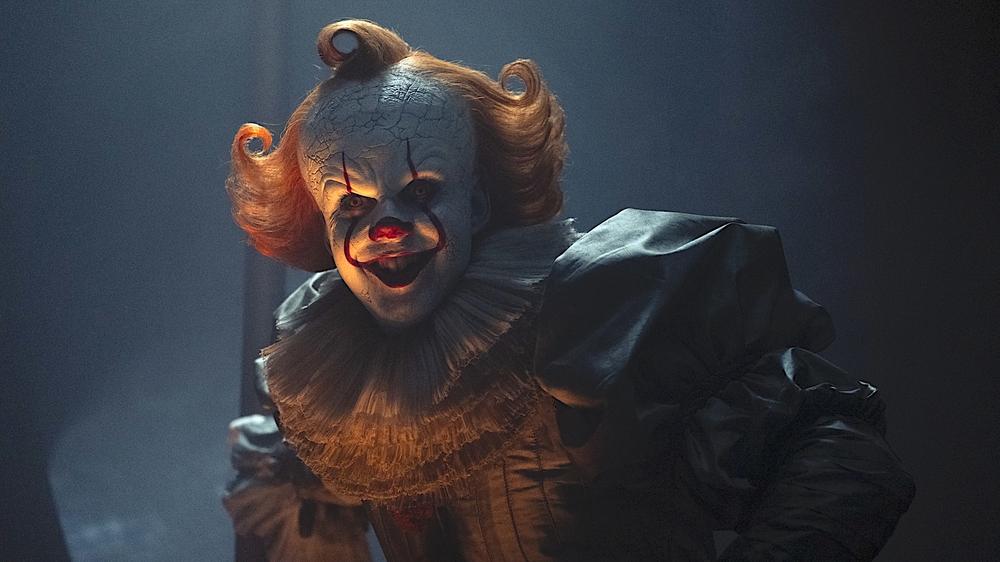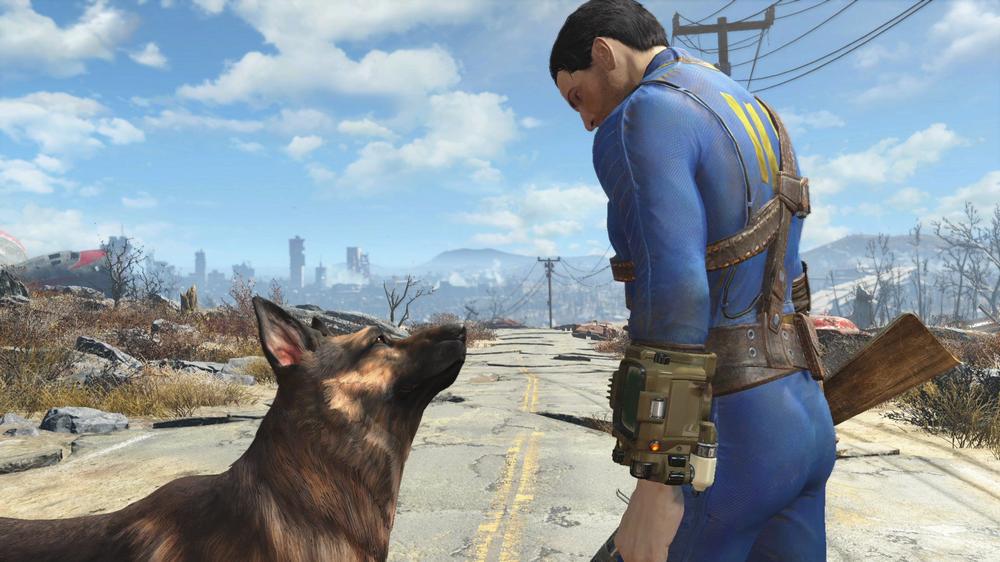Yes, It: Welcome to Derry is about Pennywise’s reign of terror in the 1960s, but the series offers commentary about trickle-down-trauma, paranoia, and racism instead of just explaining who the iconic villain is.
Obviously, we have to address the clown in the room. Audiences expecting Pennywise the Clown to be heavily involved throughout all eight episodes of the HBO series might be disappointed. But stick with us here: that’s a good thing.
Fans already have two great horror movies with Bill Skarsgård in the spotlight as Pennywise, and having him heavily appear in It: Welcome to Derry would weaken the power of that performance. Here, he’s treated like the shark in Jaws, which makes his eventual return a little more special.
But the entity that calls itself Pennywise haunts a new class of kids (and the audience) with a tidal wave of ambitiously disturbing visions that will keep audiences on their toes.
What is It: Welcome to Derry about?
It: Welcome to Derry is set 27 years before the 2017 movie, taking place at the height of the Cold War in 1962. The military has set up an airbase on the outskirts of Derry because it could be a strategic location in fighting Russia if World War III erupts.
When Major Leroy Hanlon (Jovan Adepo) is redeployed to the area, he moves his wife Charlotte (Taylour Paige) and young son William (Blake Cameron James) to the town too.
Soon after, children start going missing, and others are plagued by monstrous creatures and visions. A few of the plucky kids band together to try to discover the truth behind these horrific incidents, and they soon learn that the terrifying entity lurking below Derry is hunting them to feast on their fear.
The Nuclear Family
The series could have simply been a jump scare smorgasbord with nothing to offer below the surface, but creator Andy Muschietti bakes some fascinating themes into the story that explores the mythology of King’s original novel.
Here, the threat of nuclear war looms over Derry, and the show uses it to examine how trauma is passed down from one generation to another. It’s no coincidence that radio reports talk about the concerns of radiation leading to birth defects, and later we see a demonically deformed baby ripping other children into bloody chunks. Lovely.
Children experience deliriously creepy nightmares of being trapped in the womb, others resent their parents for inflicting suffering on them, and grown men lock their abusive childhood away in their minds. It’s a clear effort to make the children rely on each other rather than their families as a way of presenting the paranoid atmosphere that has submerged Derry.
That distrust is never more clear than with the Hanlon family, who all (rightfully) suspect that the color of their skin has put a target on their backs. But are they being persecuted by racists, or an interdimensional monster? Unfortunately, because they’re seen as outsiders it might be both.
Thankfully, the show doesn’t shy away from the cultural ugliness of the time period, which makes this white-picket slice of Americana even more terrifying.
New kids on the (chopping) block
Much like the movies, the group of kids who are plagued by It are the heart of the show, and their performances are endearing in a way that makes it hard not to feel invested in their individual stories. Clara Stack’s performance as Lilly, a tween who has dealt with her own mental health issues, is a standout, as is Amanda Christine as Ronnie — who fiercely fights for her family.
Perhaps to say any more would risk the spoiler warning, and we don’t really want HBO sending Pennywise after us, but Muschietti clearly has a talent for getting solid performances from talented young performers.
And it’s not just the kids who shine.
Gotham and Perry Mason star Chris Chalk gets to add new dimensions to the character of Dick Hallorann, who appears as an older man in The Shining and Doctor Sleep. Chalk expertly carries the tortured psyche of a Black man who’s burdened with telepathic powers at a time where racism is prevalent.
Hallorann is so clearly torn between allowing himself to get close to people and cutting them off so that he doesn’t get hurt, and he’s a very different man to the versions played by Scatman Crothers and Carl Lumbly.
It: Welcome to Derry is packed with scares, but the CGI lets it down at times
The HBO series is delightfully scary and it’s a perfect Halloween watch. But when it comes to the more elaborate, inventive set pieces that Muschietti’s movies are famous for, the show lets itself down by over-relying on CGI.
That’s not to say that the visual effects are necessarily bad — but they undercut truly spine-tingling moments. Characters with chilling visages often end up transforming into elongated creatures that chase their victims, and the shift into a CGI creation can really take the audience out of the scene.
Granted, these effects make the series easier to execute for the filmmakers but it’s disappointing not to see more practical effects in there — because when things get bloody (and they really do), it can be a real treat.
Is It: Welcome to Derry good?
Yes, It: Welcome to Derry is definitely worth your time thanks to how it widens the story of the titular town (and clown), alongside the brutal uncompromising violence it inflicts on the entire cast.
It: Welcome to Derry score: 4/5
It: Welcome to Derry starts streaming on HBO Max on Sundays from October 26 at 9pm ET/PT.

 A290 Rallye, Alpine entra nell’era elettrica del motorsport
A290 Rallye, Alpine entra nell’era elettrica del motorsport